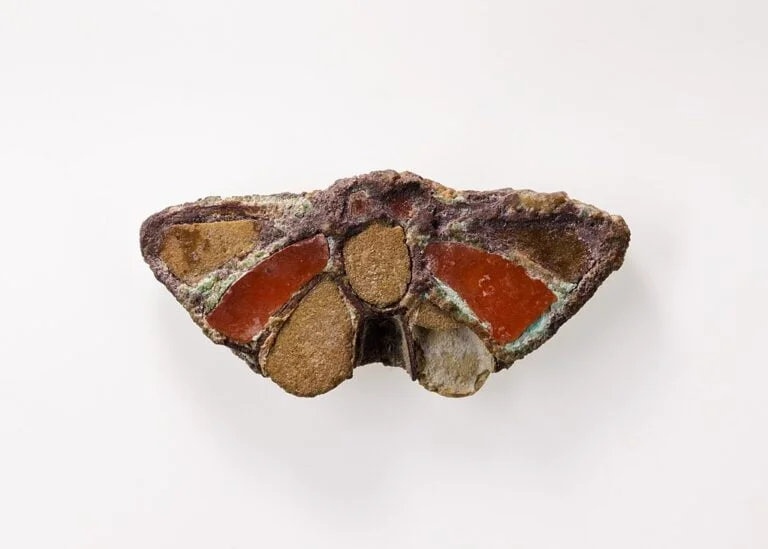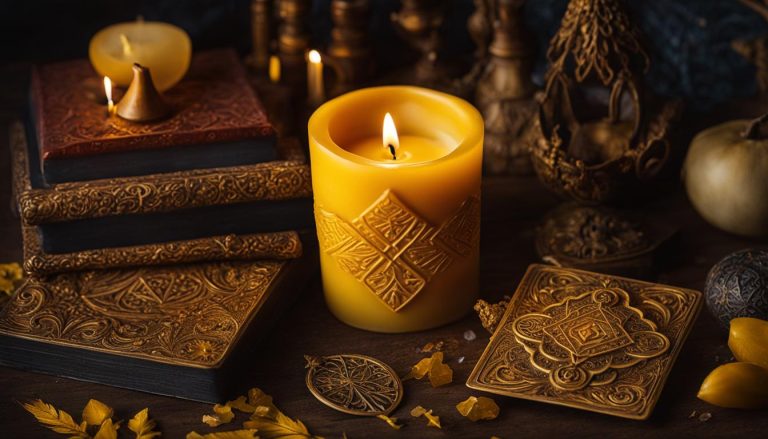The cottonwood tree is a symbol of growth and new beginnings. Its soft, white wood is perfect for carving, and its branches are strong enough to support a swing. The cottonwood tree is also a symbol of hope and resilience. In many cultures, the cottonwood tree is planted near homes to protect against evil spirits.
What Is The Cottonwood Tree?
The cottonwood tree is a massive tree that can grow up to 50 feet tall. The tree is known for its wide, spreading branches and fluffy white seeds that drift in the wind like snowflakes. The cottonwood tree is native to North America and grows best in areas with full sun and deep, moist soils.
The cottonwood tree has long been associated with healing and protection. Cottonwood trees were often planted near Native American villages as a way to ward off evil spirits. The trees were also used in traditional medicine to treat a variety of ailments, including colds, fever, and diseases of the skin and digestive system.
Today, the cottonwood tree continues to be revered for its beauty and symbolic significance. Cottonwoods are often planted as Ornamental Trees in yards and parks, where their stately presence adds an air of majesty to the landscape. The trees are also popular symbols in art and literature, appearing in works by renowned authors such as William Faulkner and Ernest Hemingway.
The Cottonwood Tree in Native American Culture
Native Americans often used the Cottonwood tree as a symbol of healing and protection. The tree was seen as a guardian of the home and a bringer of peace. The leaves of the tree were used in ceremonies to bring healing and strength, and the bark was used to make medicine. The Cottonwood tree was also a popular choice for making canoes, as the wood is light yet strong.
Today, the Cottonwood tree is still considered to be a symbol of healing and protection. It is often planted near homes and places of worship, as a reminder of the peace and strength that the tree represents.
The Cottonwood Tree in Folklore and Mythology
The cottonwood tree has been associated with a number of legends and folktales over the years. In some Native American cultures, the cottonwood tree is considered to be sacred. The tree is also mentioned in a number of Biblical passages.
The following are some examples of the folklore and mythology associated with the cottonwood tree:
Native American Folklore
Some Native American tribes believe that the spirit of the cottonwood tree resides in the leaves of the tree. It is said that when the leaves rustle in the wind, it is the spirit of the tree communicating with us.
The Cherokee believe that the cottonwood tree is a symbol of peace and friendship. It is also said to be a protective spirit that watches over children.
In some Native American cultures, it is believed that if you sit under a cottonwood tree, you will be able to commune with nature spirits. The tree is also said to be a place where prayers can be heard by the spirits.
Biblical References
The cottonwood tree is mentioned several times in the Bible, most often in reference to its use as firewood. In one passage, the trees are even referred to as “an abomination” (Jeremiah 22:14).
The Cottonwood Tree in Literature
The cottonwood tree has been a source of inspiration for many writers and poets over the years. Here are some examples of its use in literature:
And down underneath,/ The river sang all night,/ A-washing of the feet/ Of the cottonwoods upright.
Langston Hughes, “Cottonwood Trees”
The rustle of the leaves/ The whisper in the breeze/ You are always with me/ Underneath the cottonwoods.
Charles Bukowski, “cottonwoods”
She was like a cottonwood tree,/ Rooting deep in memory.
Maya Angelou, “Woman Work”
The Cottonwood Tree in Art
The cottonwood tree has long been a symbol of new beginnings, hope, and renewal. In art, the cottonwood tree is often depicted as a strong and stately tree with branches reaching toward the sky. The leaves of the cottonwood tree are large and round, and the tree itself is known for its ability to grow quickly and thrive in a variety of conditions.
The cottonwood tree is also a popular subject in folk art and vernacular art. In these genres, the tree is often portrayed in a more whimsical way, with smaller leaves and branches that curl and twist in interesting ways. These depictions of the cottonwood tree reflect the spirit of creativity and playfulness that is often associated with this plant.
The Cottonwood Tree in Religion
The Cottonwood tree has been mentioned several times in the Bible. In the book of Exodus, Moses was instructed by God to make a tabernacle out of acacia wood, and specifically mentions the flexible branches of the Cottonwood tree as being useful for creating the structure. In Genesis, Joseph was buried in an embalmed coffin made of acacia wood. And in Judges, Deborah sat beneath a “tree of deliverance” which is generally believed to have been a Cottonwood tree.
In Mormonism, the Cottonwood tree is significant for two reasons. First, LDS founder Joseph Smith claimed to have had a vision beneath a Cottonwood tree in which he was visited by God and Jesus Christ. This event is widely regarded as the founding moment of the Mormon religion. Second, early Mormon settlers in Utah chose to settle near Cottonwood trees because they were reminded of the biblical story of Moses and the tabernacle made from Cottonwood branches. The first Mormon temple built in Utah was even constructed out of Cottonwood logs.
Cottonwood trees are also significant in Native American culture. The Blackfoot tribe used Cottonwoods as ceremonial trees, and would often leave gifts at their bases for the spirits they believed lived within them. The Cheyenne tribe believed that dreams could be seen within the swirling seeds of a Cottonwood tree, and would use them in divination rituals. And many tribes used Cottonwood bark for medicinal purposes, believing it could be used to treat colds, stomachaches and cramps.
The Cottonwood Tree in Symbolism
The Cottonwood tree has been mentioned many times in folklore and has even been given its own holiday in some cultures. This deciduous tree is native to North America and Mexico and can grow to be over 100 feet tall. The tree gets its name from the soft, white hair that covers its seeds, which are called “cottonwood fluff.”
In some Native American cultures, the Cottonwood tree is seen as a symbol of protection. It is believed that the tree’s spirit helps to protect against evil spirits and bad dreams. The tree is also seen as a symbol of healing, strength, and fertility. In some cultures, the Cottonwood tree is associated with femininity and is seen as a Mother Earth figure.
The Cottonwood tree has also been mentioned in Christian lore. Some believe that the Tree of Life from the Garden of Eden was actually a Cottonwood tree. The tree is also mentioned in the Bible story of Noah’s Ark, as it was one of the first trees to grow after the floodwaters receded.
In modern times, the Cottonwood tree is still seen as a symbol of protection, healing, and new beginnings. It is often planted near homes or places of business for these reasons. The Cottonwood tree is also a popular choice for landscaping because it is fast-growing and provides shade and beauty.
The Cottonwood Tree in Nature
The cottonwood tree is a giants among trees, growing as tall as 150 feet. With a circumference of 20 feet or more, the trunk of a mature cottonwood tree is massive. The bark is thick and deeply furrowed. The branches are stout and spreading, forming a dense, round canopy. The leaves are large and triangular, with a unique, flattened shape that resembles a sailboat. In the spring, the tree is covered with fluffy white flowers that give way to fluffy white seeds. The wood of the cottonwood tree is soft and light, making it unsuitable for construction.
The Cottonwood Tree in the United States
Cottonwood trees are one of the most widespread trees in North America. Due to their love of water, they are commonly found near riverbanks, lake shores, and other sources of water. They are also a very hardy tree, able to live in a wide range of climates and soil types.
Cottonwoods are a popular choice for shade and privacy trees in urban and suburban areas. They are fast-growing trees that can reach up to 100 feet tall! However, they have a relatively short lifespan for such large trees, only living around 50 years on average.
These tree have been symbols of hope and new beginnings for many cultures throughout history. In the United States, the cottonwood was adopted as the state tree of Kansas in 1937. It is also a very popular symbol in Native American culture. The Lakota people believe that the cottonwood is the world tree, connecting the three worlds of earth, sky, and underworld.
The Cottonwood Tree Around the World
Cottonwoods have long been a part of human culture and hold a special place in the folklore and mythology of many different cultures. These massive hardwood trees are some of the largest in North America, with trunk diameters reaching up to 12 feet (3.7 m) and heights exceeding 100 feet (30.5 m).
Cottonwoods are not only impressive in size, but they are also incredibly fast-growing trees. A mature cottonwood can grow up to 10 feet (3 m) in a single growing season! This rapid growth is likely one of the reasons that these trees have been so important to humans throughout history.
The Cottonwood tree around the world has been venerated for its size, strength, and rapid growth. These unique trees have been revered as symbols of fertility, new beginnings, and transformation by many different cultures. In some cultures, the Cottonwood tree is believed to be home to benevolent spirits or even gods. Here are some of the different ways that the Cottonwood tree has been viewed around the world:
In North America, the Cottonwood tree was an important tree for many indigenous peoples. The tree was traditionally used for making canoes, dwellings, and baskets. The wood of the Cottonwood was also used for carved ceremonial masks and statues. For many Native American tribes, the Cottonwood was associated with fertility and new life.
The Ancient Egyptians viewed the Cottonwood as a sacred tree that was associated with Isis, the goddess of motherhood and fertility. The wood from these trees was often used to make coffins and other funeral items as it was believed to help speed up the journey to the afterlife.
The Celtic Druids saw the Cottonwood as a symbol of transformation due to its rapid growth rate. They believed that this tree could help people to let go of their old lives and start anew.
In China, the Cottonwood tree is known as the “Tree of Happiness.” This name comes from a legend about two lovers who were transformed into cottonwoods after they died. The story goes that their love was so strong that they continued to grow together even after death!






